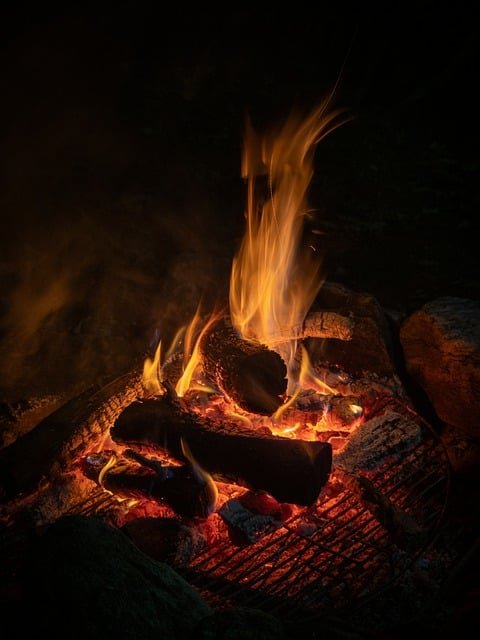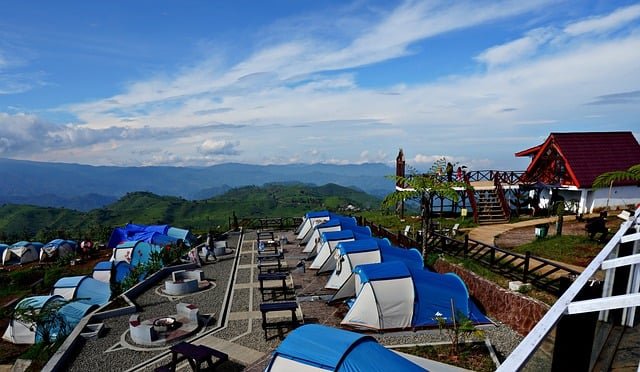 >
>
Rock climbing is an exhilarating and challenging sport that tests both physical strength and mental focus. Not only does it offer a great workout, but it also allows you to explore and connect with some of the most beautiful and natural landscapes. If you are new to rock climbing, it can seem intimidating at first, but with the right knowledge and approach, anyone can learn how to start climbing. In this article, we will cover all the essential steps for beginners to get started on their rock climbing journey.
Before embarking on your rock climbing journey, it is crucial to get educated about the sport and find a mentor or experienced climber to guide you. There are various resources available, including books, online tutorials, and instructional videos, to help you understand the basics of rock climbing. These resources cover everything from climbing techniques to equipment and safety practices.
However, the best way to learn how to start climbing is to find a mentor. Having a seasoned climber teach you the ropes can significantly impact your learning and safety. They can guide you in selecting the right gear, teach you proper climbing techniques and help you understand the potential risks and how to mitigate them. Additionally, they can take you to the best climbing spots and introduce you to the climbing community.
One of the most crucial steps in starting rock climbing is investing in the right gear. Having proper gear will not only keep you safe but also make your climbing experience more enjoyable. As a beginner, you may not need to buy all the equipment, but there are a few essentials that you should invest in:
Rock climbing requires more than just physical strength; it also involves precise and efficient movement on the rock. As a beginner, you should focus on learning and practicing proper techniques to improve your climbing ability and prevent injuries. Here are some essential techniques you should start with:
Before venturing into outdoor climbing, it is recommended to start with indoor climbing at a climbing gym. Climbing gyms offer a controlled environment with varying levels of difficulty, making it an ideal place for beginners to hone their skills and build strength. Additionally, climbing gyms often provide introductory classes and have experienced climbers available to offer guidance and tips.
Safety should always be a top priority in rock climbing, and it is essential to learn about the potential risks and how to mitigate them. Some key safety protocols include properly tying knots, learning how to belay, and double-checking your partner`s equipment before climbing. Additionally, it is crucial to be respectful of others and follow proper etiquette while climbing, such as waiting for your turn to climb and not hogging a route for an extended period.
Rock climbing is not just a sport; it is a community. As a beginner, you may feel intimidated by experienced climbers, but do not be afraid to reach out and connect with them. Climbers are known to be a friendly and welcoming community, and joining a local climbing group or finding a climbing partner can significantly enhance your learning and overall climbing experience.
Remember, as with any sport, learning how to start rock climbing takes time, patience, and practice. Take it slow, be open to learning, and before you know it, you will be scaling new heights and exploring beautiful destinations. Stay safe and have fun on your climbing journey!







Join our newsletter community for exclusive updates, offers, and more. Sign up now to stay in the loop!
© Outdoor-Expedition. All Rights Reserved. Design by HTML Codex